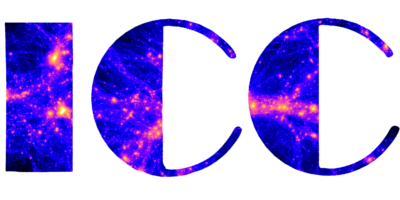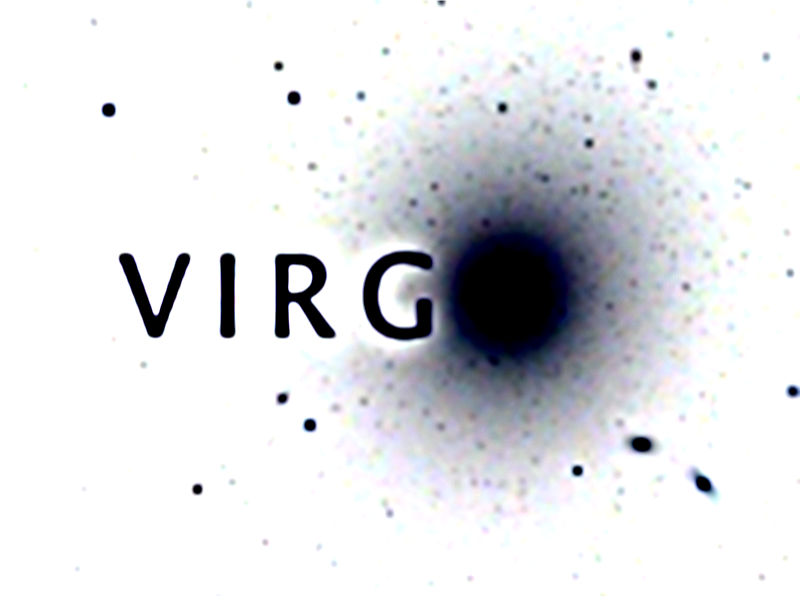The Hubble Sequence

The way a galaxy appears in the night sky is often the only clue we have about its history. Thankfully, galaxies reveal much about themselves this way: colours indicate the composition and formation time of stars, obscuration may expose the presence of gas or dust, and shapes and sizes can hint at a troubled past. Using the EAGLE simulations, we can try to replicate how the simulated galaxies would appear if we were to observe them, by modelling the light emitted by stars and the absorption by dust.
This figure shows an assortment of EAGLE galaxies arranged into a Hubble tuning fork. We look at galaxies as they would appear at a redshift of z=0.1, so that we can compare directly with galaxies in the SDSS survey. Galaxies are rendered using SKIRT software to represent the starlight that would be received in the SDSS u, g and r filters, which is then combined to give the colours seen in the images.
This scheme shows a wide range of EAGLE galaxy morphologies, from smooth and rounded elliptical types on the left to flat and extended discs on the right, with intermediate lenticular galaxies as well as irregular galaxies that fit neither description. The bluer colour of discs compared to ellipticals is something we see in real galaxies, as discs are often well suited to forming hot young stars. These discs in particular also show stunning dust absorption features, revealing where cool gas sits within the galaxies. The diversity of galaxy forms (or ‘morphologies’) we see in EAGLE, and the fact that they fit into the Hubble scheme, suggests that the simulation hosts a population of galaxies similar in appearance to those we observe in the universe.
Image credit: James Trayford















